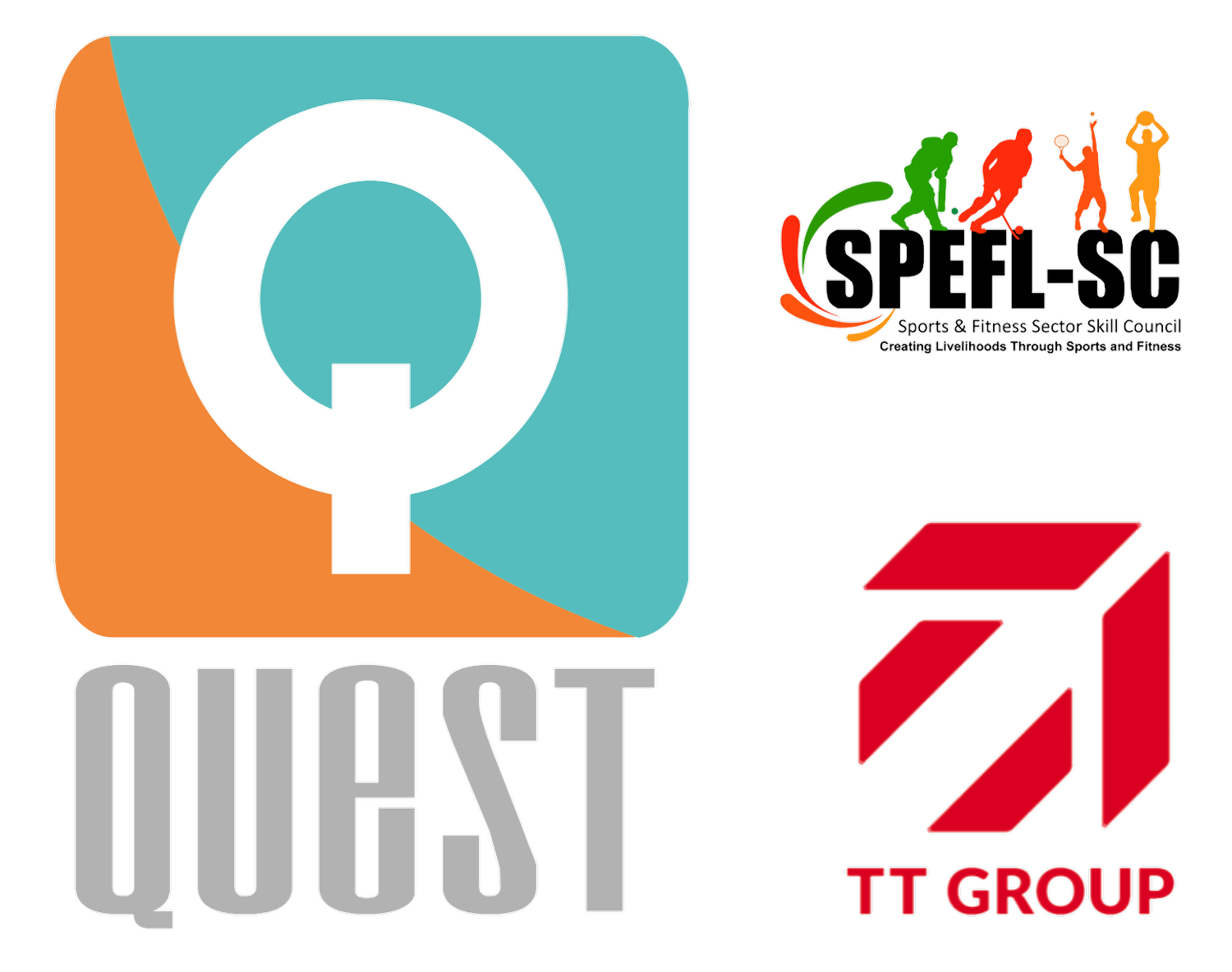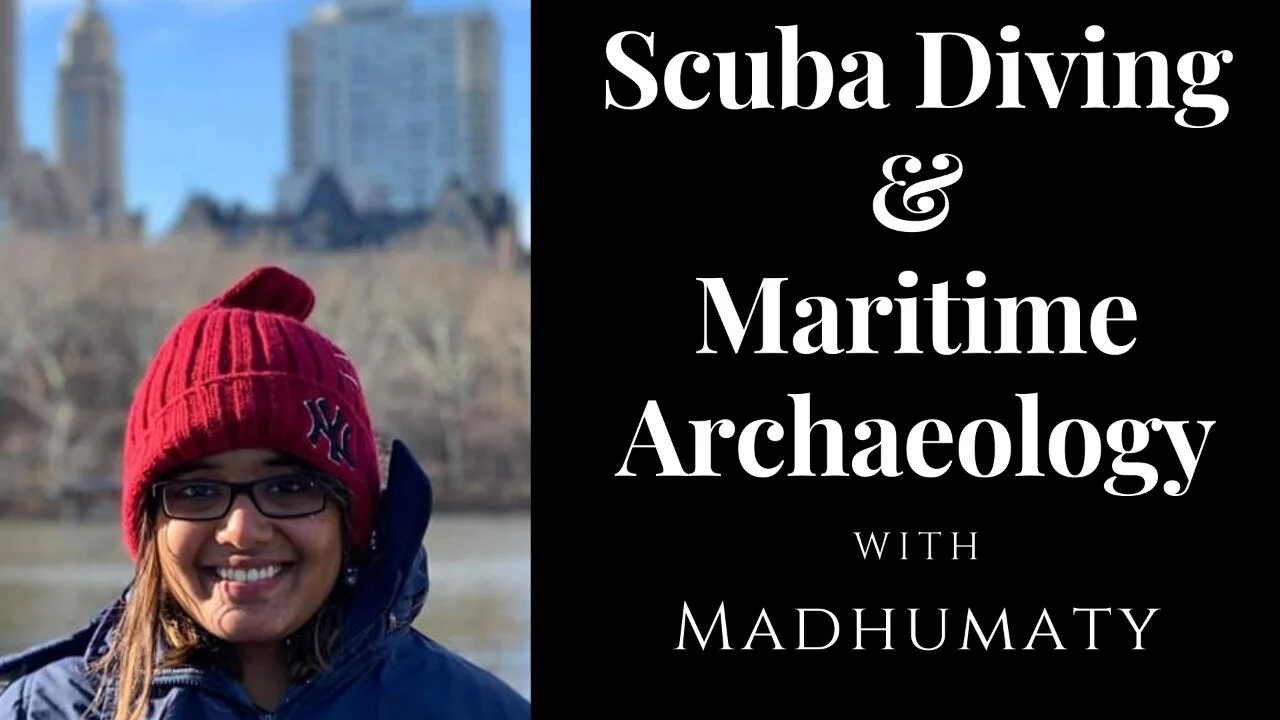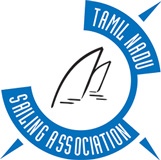In a series of live talks about professions in scuba diving to create awareness about the career opportunities available. We spoke to a Maritime Archaeologist all about the profession. We discussed India’s rich maritime history and the potential of Maritime archaeology in India along with a few tips for anyone interested in this career option.
Pro Talks with Madhumathy
Madhumathy did an introductory SCUBA dive called PADI Discover SCUBA dive back in 2012 at Temple Adventures, Pondicherry and fell in love with sport. My journey to become a PADI SCUBA diving instructor began with that dive. I then successfully completed my instructor course with Pacific Divers in Rarotonga, Cook Islands and started working as an instructor. In 2017, I decided to pursue a two-year Masters course in Maritime Archaeology at Flinders University, Australia due to my interest in maritime history. During this period, I had opportunities to conduct shipwreck investigations in Australia and Vietnam, record sunken temple remains in Sri Lanka as well as undertake a 6-week internship at the Underwater Archaeology Branch of Naval History and Heritage Command in Washington D.C., USA.
What is Maritime Archaeology?
Conducting archaeology underwater or on shore as long as the object has significant connection to Maritime history. Maritime archaeology is the study of human interaction with water bodies. A beached shipwreck or an ancient anchor are good examples of Maritime connections.
Using the right word ( Artifact)
Treasure in the world of archaeology means commercialism. Treasure hunting is considered an abomination as the artifacts that have been found at these sites are used for the purpose of study and knowledge to the public. The artifacts aren't sold and are not used for personal gain as treasure hunters do.
Maritime Archaeology in India
India has a 5000 year history of maritime activity and a 7000+ Km long coastline. There are records that show that there have been trade routes from the Indus valley to Mesopotamia. The Romans have been in trade with India before the annexation of Egypt. Since then India has been in trade with the East and the West. giving India and her massive coastline huge potential for underwater excavations and investigations.
Examples of maritime archaeology sites in India
Although India has a huge potential for excavations and investigations, the industry is still in its developmental stage and has grown to its full potential in the country. One has to remember that maritime archaeology is not a common field, it's very specific and very niche. And it will be extremely hard to find jobs anywhere, especially in india. Nonetheless there are a couple of beautiful sights in India that have proven to be beautiful maritime archaeological sites.
Danushkodi, Rameshwaram
Danushkodi is a coastal town and the closest point of India to Srilanka. In 1964 the town was torn apart by a cyclone that left it submerged and killed around 1800 people. In 2004 the ocean receded 500mts during the tsunami revealing the ghost town for a brief moment before massive waves crashed on the coast. Today thousands of tourists flock to see this wonder we now call the “Ghost Town”
Dwaraka, Gujarat
A major significance in Hindu mythology, the name Dwaraka is said to have been given to the city by Lord Krishna. In the Hindu epics and the Puranas, Dvaraka is called Dvaravati and is one of seven Tirtha (pilgrimage) sites for spiritual liberation. The other six are Mathura, Ayodhya, Kashi, Kanchipuram, Avantika (Ujjain) and Puri.
During 1983-1990, the Marine Archaeology Unit of India's National Institute of Oceanography (NIO) carried out underwater excavations at Dwarka and Bet Dwarka. According to S. R. Rao ,"The available archaeological evidence from onshore and offshore excavations confirms the existence of a city-state with a couple of satellite towns in 1500 B.C." he says it is reasonable to claim that it could be the lost city of Dwarka from the Mahabharata.
Shipwrecks in Goa
Goa has had a lot of boat traffic between India and portugal. There are a number of shipwrecks there that have been under research or recreation. Some of these ships have been believed to have been carrying precious stones and have been plundered for years.
The Gulf of Mannar
Many ancient anchors have been found in the Gulf of Mannar region of Rameshwaram. N Athiyaman, a renowned maritime archeologist, wrote a book “Ancient anchors off Tamil Nadu coast and ship tonnage analysis” in 2004 based on his research in rameshwaram. Which only concludes that thousands of ships have passed through this region over a period of 5000 years.
The Gulf of Mannar as said by N Athiyaman is considered one of the best places to conduct archeological investigations as compared to the Northern part of the Tamil Nadu coast like Mahabalipuram and Poombuhar. The sole reason behind this is the silt brought in by nearby rivers that render these sites with bad visibility and the artefacts get covered by these sediments. Diving in these conditions can be disorienting and dangerous. These are factors that the Gulf of Mannar doesn't have to deal with. Also because of its rich maritime history with south East asian countries, China and the Mediteranian there definitely a potential for research and investigation
Landing a career in Maritime Archaeology
While a degree in history will definitely help, further studies in maritime archaeology would go a long way.
Dive knowledge is mandatory. Making sure that your skills and buoyancy are perfected is necessary. You will be spending long periods of time underwater hovering over delicate and ancient artifacts and bumping into it is the last thing you want to happen. Your skills in mapping underwater also needs to be sharpened.
What diving qualifications are required for Maritime Archaeology?
Advanced Open water is the preferred level, although an open water could start you off. But if the site that you are excavating is below the depth of your training then getting there might put you at risk. Nitrox or enriched air is definitely recommended as you will have longer bottom times.
Get a minimum of 25 dives logged to make sure you have your skills sorted and your buoyancy is at point. Once you have your dive certifications do not rush into Marine Archaeology as a career. Take your time, go on some fun dives, understand your body and how it works underwater.
I hope this article has developed your interest for the underwater world and lost worlds. 71% of the world is covered by water out of which only 5% is explored. That's a lot of exploring that needs to be done by us. That's a lot of submerged cities and shipwrecks that need discovering.
Start your profession with adventure tourism & sport. Start Diving.













